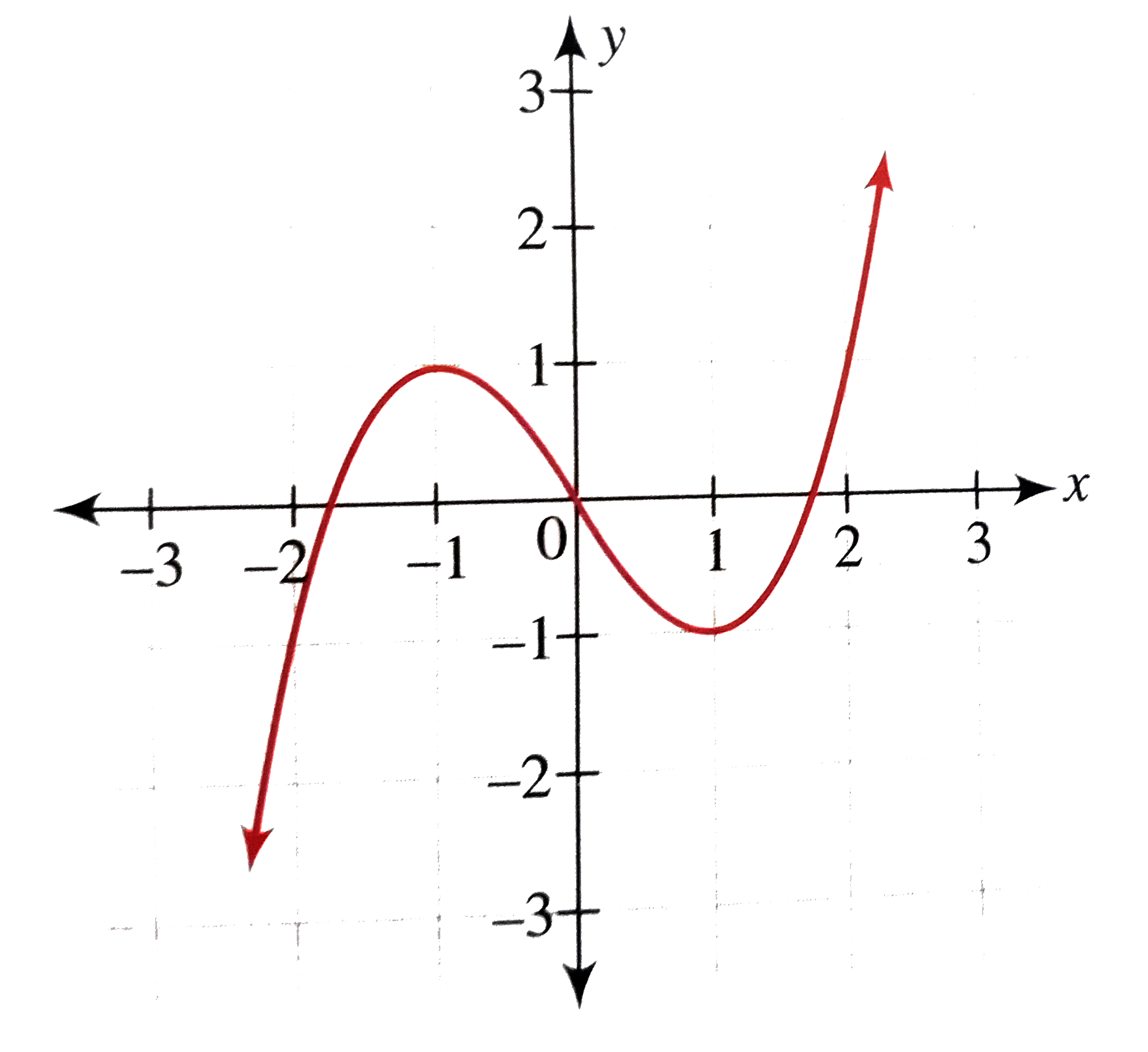If f(x) is an even function then find the number of distinct real numbers x such that f(x)=f(x+1x+2).
To solve the problem, we need to find the number of distinct real numbers x such that f(x)=f(x+1x+2) given that f(x) is an even function.
1. Understanding Even Functions:
Since f(x) is an even function, we have:
f(−x)=f(x)
2. Setting Up the Equation:
From the problem, we need to solve:
f(x)=f(x+1x+2)
Given that f is even, we can also write:
f(x+1x+2)=f(−x+1x+2)
Therefore, we can set up the equation:
f(x)=f(−x+1x+2)
3. Equating Arguments:
Since f(a)=f(b) implies a=b or a=−b for even functions, we have two cases:
- Case 1:
x=−x+1x+2
- Case 2:
x=x+1x+2
4. Solving Case 1:
For Case 1:
x(x+2)=−(x+1)
Expanding and rearranging gives:
x2+2x+x+1=0⟹x2+3x+1=0
Using the quadratic formula:
x=−3±√32−4⋅1⋅12⋅1=−3±√52
5. Solving Case 2:
For Case 2:
x(x+2)=x+1
Rearranging gives:
x2+2x−x−1=0⟹x2+x−1=0
Using the quadratic formula:
x=−1±√12−4⋅1⋅(−1)2⋅1=−1±√52
6. Identifying Distinct Real Roots:
Now we have four potential solutions:
- From Case 1:
1. x1=−3−√52
2. x2=−3+√52
- From Case 2:
3. x3=−1−√52
4. x4=−1+√52
All four solutions are distinct because they are derived from different quadratic equations.
Conclusion:
Thus, the total number of distinct real numbers x such that f(x)=f(x+1x+2) is:
4
Since f(x) is an even function, we have:
f(−x)=f(x)
From the problem, we need to solve:
f(x)=f(x+1x+2)
Given that f is even, we can also write:
f(x+1x+2)=f(−x+1x+2)
Therefore, we can set up the equation:
f(x)=f(−x+1x+2)
Since f(a)=f(b) implies a=b or a=−b for even functions, we have two cases:
- Case 1:
x=−x+1x+2
- Case 2:
x=x+1x+2
For Case 1:
x(x+2)=−(x+1)
Expanding and rearranging gives:
x2+2x+x+1=0⟹x2+3x+1=0
Using the quadratic formula:
x=−3±√32−4⋅1⋅12⋅1=−3±√52
For Case 2:
x(x+2)=x+1
Rearranging gives:
x2+2x−x−1=0⟹x2+x−1=0
Using the quadratic formula:
x=−1±√12−4⋅1⋅(−1)2⋅1=−1±√52
Now we have four potential solutions:
- From Case 1:
1. x1=−3−√52
2. x2=−3+√52
- From Case 2:
3. x3=−1−√52
4. x4=−1+√52
Thus, the total number of distinct real numbers x such that f(x)=f(x+1x+2) is:
4
Topper's Solved these Questions
- FUNCTION BOOK - VIKAS GUPTA (BLACK BOOK) ENGLISHCHAPTER - FUNCTION EXERCISE - MATCHING TYPE PROBLEMS
6 Videos
- ELLIPSE BOOK - VIKAS GUPTA (BLACK BOOK) ENGLISHCHAPTER - ELLIPSE EXERCISE - Exercise-4 : Subjective Type Problems
2 Videos
- HYPERBOLABOOK - VIKAS GUPTA (BLACK BOOK) ENGLISHCHAPTER - HYPERBOLAEXERCISE - Exercise-4 : Subjective Type Problems
3 Videos
Similar Questions
Knowledge Check
If f(x)=2 for all real numbers x, then f(x+2)=
A0B2C3Dx
If f is a real function, find the domain of
f(x)=10−x
View SolutionIf the functions f and g defined from the set of real number R to R such that f(x)=ex and g(x) = 3x - 2, then find functions fog and gof.
View SolutionFind the number of real roots of the equation f(x)=x3+2x2+x+2=0
View SolutionLet f(x)=√xand g(x)=xbe two functions defined over the set of nonnegative real numbers. Find (f+g)(x), (fg)(x), (fg)(x)and (fg)(x).
View SolutionIf f is a real function, find the domain of
f(x)=1log|x|
View SolutionThe graph of the function y=f(x) is shown.

Find the number of solutions to the equation ||f(x)|−1|=12.
View SolutionLet f(x)=√x and g(x)=x be two functions defined over the set of nonnegative real numbers. Find (f+g)(x), (f−g)(x), (fg)(x) and (fg)(x).
View Solution